What Do Morel Mushrooms Taste Like? A Woodland Flavor Journey
Morel mushrooms captivate foragers and food enthusiasts with their mysterious allure and unique characteristics.
Elusive fungi hide in forest floors, tempting culinary adventurers with their rare presence.
Chefs and wild food lovers prize morels for their exceptional qualities that set them apart from ordinary mushrooms.
The distinctive appearance of morel mushrooms hints at complex flavor profiles waiting to be unraveled.
Wilderness seekers and gourmet cooks share a passionate connection to these fascinating forest treasures.
Understanding the nuanced taste of morels requires more than simple curiosity - it demands a sensory journey into woodland gastronomy.
Dive into the delectable world of morel mushrooms and unlock the secrets behind their culinary reputation.
Morel Mushrooms: Basic Guide
Wild mushrooms called morels pop up in woodland spaces during spring months, typically from March to June.
Mushrooms sprout near dying or dead trees and depend on rain and warm temperatures to grow.
Morel searching happens frequently in Michigan and Wisconsin, but hunters also find these fungi in Virginia, Kentucky, Pacific Northwest regions, parts of California, and European landscapes.
Small mushrooms measure two to four inches long with a smooth, off-white stem holding an oblong top.
Delicate veins and honeycomb-like pits cover their surface, creating unique patterns.
Mushroom caps show colors ranging from light beige to deep brown, and some appear almost black.
Taste Of Morel Mushrooms
Morels offer a much gentler taste and feel compared to common farmed mushrooms like cremini and portabella, which tend to have a strong, hearty flavor when cooked.
Chefs often describe them as earthy, forest-like, and nutty, with darker varieties sometimes carrying a hint of smokiness.
Wild mushrooms carry a meaty flavor similar to chestnuts, creating a balanced and unique taste.
Morels contain plenty of antioxidants and fiber, and their dense texture makes them satisfying and healthy for meals.
Their nutty essence does not overwhelm dishes, providing a subtle and pleasant background note.
Specialty markets, farmers markets, and grocery stores stock these delicate mushrooms.
Mixing morels with other ingredients can boost their natural flavor.
Stews and risotto work wonderfully with these mushrooms.
Frying provides another delicious cooking method.
Morels pack significant nutritional benefits, including impressive amounts of vitamin D, selenium, and phosphorus.
Chefs appreciate their versatility and can incorporate them into multiple dishes with ease.
How To Prep And Cook Morels
Morel mushrooms can hide dirt and sometimes insects in their cap's cracks.
Cleaning them carefully matters, but soaking too long makes them waterlogged and mushy.
Wash morels in cold water by filling a basin halfway.
Shake them gently and check for dirt, repeating the process until clean.
Let mushrooms drain completely and pat dry with a clean towel.
Cleaning right before cooking keeps them fresh and prevents spoiling.
Trim morel stems carefully when preparing.
Long stems can be sandy and dirty, making them less appetizing.
Dried morels work well as an alternative.
Chefs use these mushrooms in many different dishes for special meals.
Morel stems should be trimmed to just one or two inches.
These mushrooms have unique short stems and a rich flavor from their forest soil background.
Foraging morels yourself requires careful knowledge, so buying from trusted sources is often safer.
Pairing Morels with Spring Vegetables and Proteins
Morel mushrooms are a prized spring delicacy, and pairing them with fresh vegetables and the right proteins creates elegant, seasonal dishes full of flavor:
Morel Mushroom: Health Value
Morel mushrooms pack a small calorie punch with just 31 calories per 100 grams.
Rich in antioxidants, critical minerals, and vitamins, these mushrooms offer significant health benefits.
Morels stand out among edible mushrooms for their impressive vitamin D content.
Raw morels contain 206 IU of vitamin D, meeting 34% of daily requirements through ergocalciferol.
This fat-soluble vitamin acts like a hormone, playing key roles in bone formation and calcium metabolism.
Wild morels shine with their mineral profile.
Each 100 grams provides substantial amounts of copper (69%), iron (152%), manganese (26%), and zinc (18%), making them a nutritional powerhouse.
Copper works as a critical co-factor for oxidative enzymes in cellular metabolism.
Its importance extends to blood cell creation and nerve signal transmission.
Mineral content continues with 194 mg of phosphorus and 43 mg of calcium per 100 grams.
Balanced levels of these minerals support bone and tooth development when combined with vitamin D.
Zinc contributes to multiple bodily functions, including cellular metabolism, mucus membrane repair, immune system support, and reproductive health.
Morel mushrooms also deliver impressive B-complex vitamins.
Niacin (14% RDA), riboflavin, pantothenic acid, and vitamin B-6 help enzymes process cellular substrates, enhancing overall metabolic efficiency.
Do Morels Have A Fishy Smell?
Light shades like white, tan, or cream dominate morel mushrooms, with older ones potentially showing darker tones.
Scent carries a robust and pleasant quality.
Calling them fishy works best when paired with "fresh" before the word.
Notes hint at nuttiness while maintaining an earthy and woodsy character.
Morel mushrooms showcase a distinctive white, honeycomb-like center.
Color and shape shift between variations, but most share similar traits: slim structures with intricate surface patterns and black, white, or grey stems.
Shoppers can find these mushrooms at local farmers markets and grocery stores.
Newbies might want to sample a few to understand their unique qualities.
Eating Raw Morel Mushrooms: Safe Or Not?
Morels from the true species look safe when cooked well.
Eating them raw could cause stomach problems.
Mushroom experts suggest being careful during first-time consumption.
Cleaning morels carefully matters most before cooking.
Raw mushrooms should never touch your plate.
Simple cooking methods work best for these delicate fungi.
Butter helps release their special taste when sautéed.
Cooks can mix morels into salads or serve as side dishes.
Newcomers might enjoy making mushroom broth or creating tasty morel burgers.

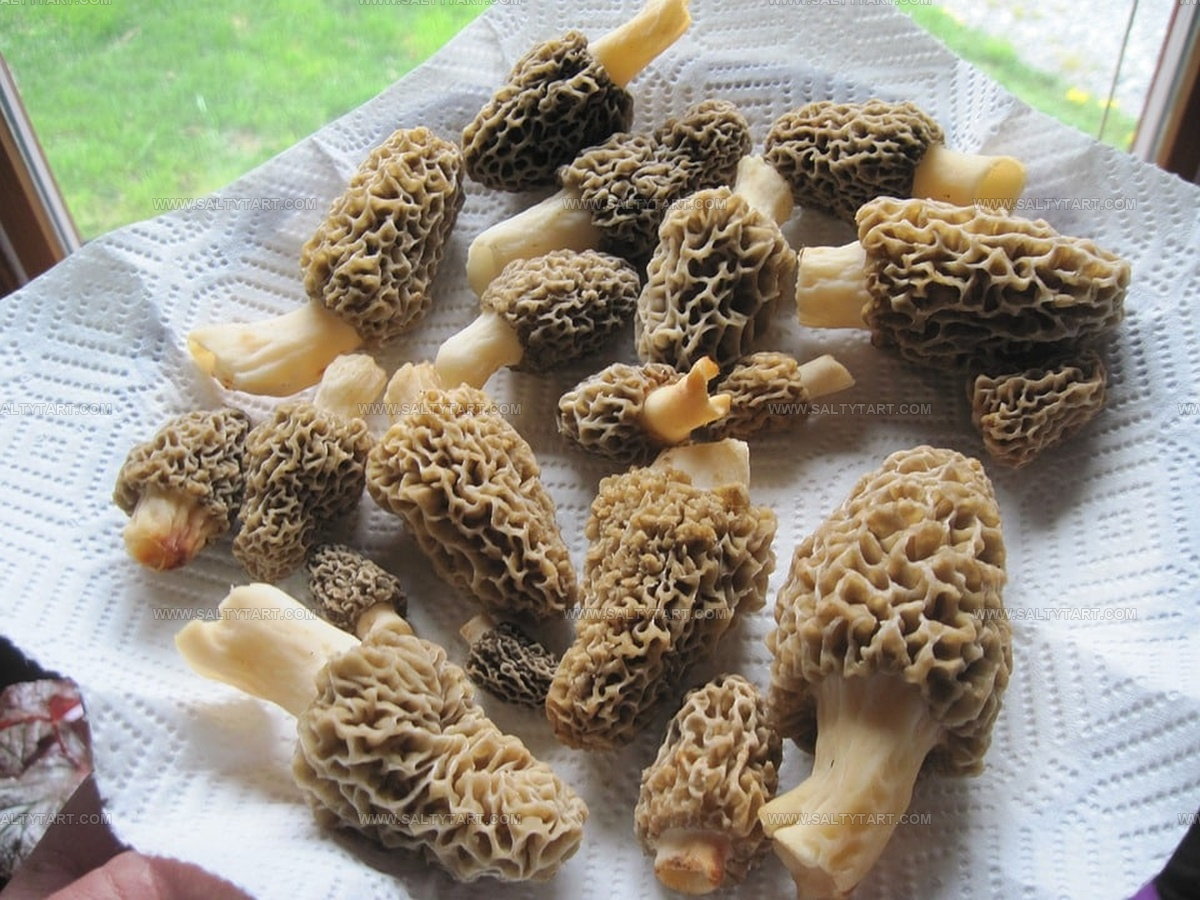
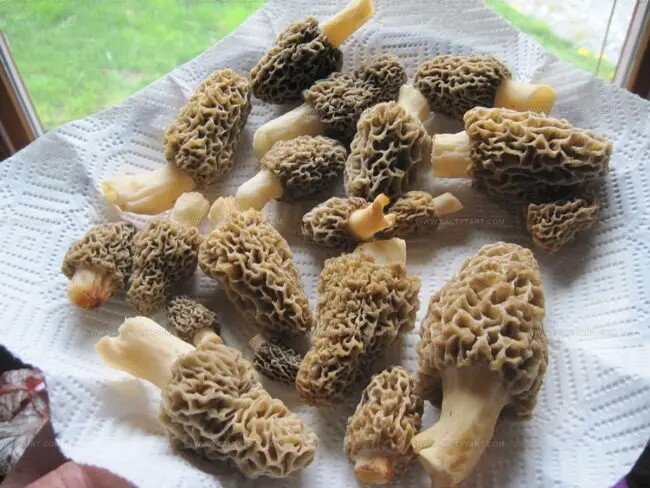
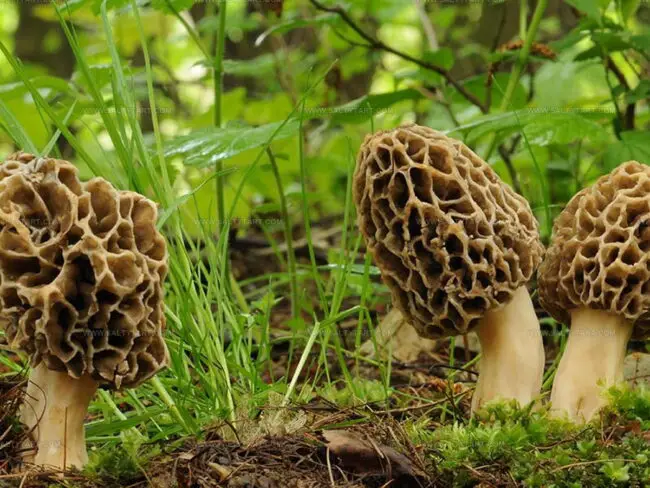
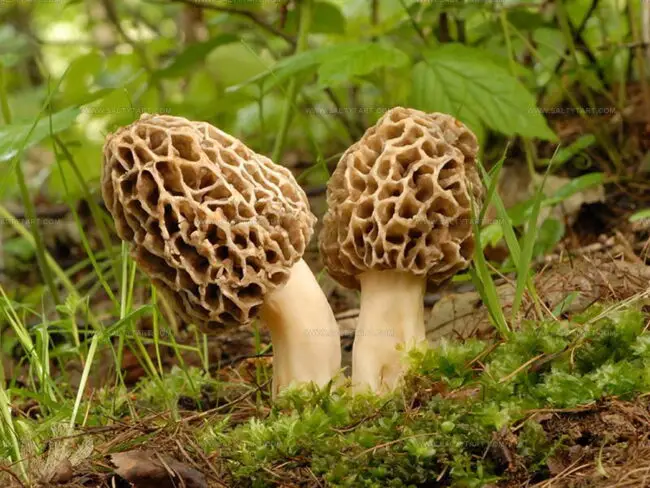
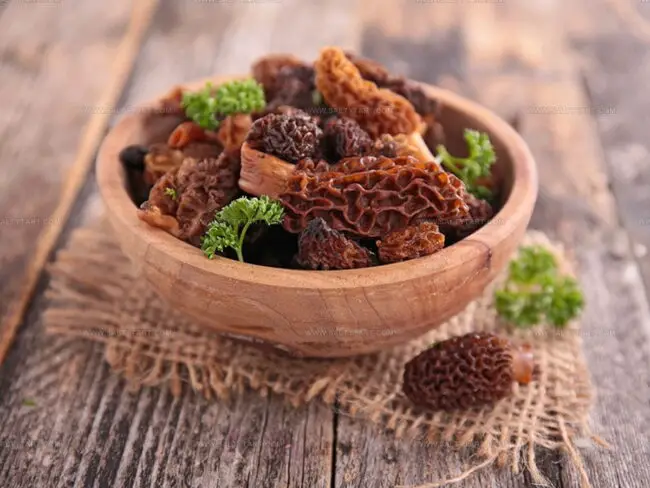
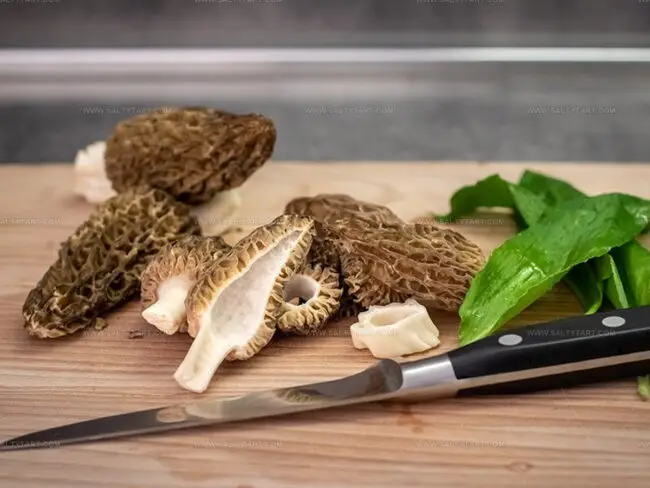
Mike Reynolds
Founder & Recipe Developer
Expertise
Farm-to-table cuisine, Seasonal recipe development, Sustainable cooking techniques, Food photography
Education
Asheville-Buncombe Technical Community College (A-B Tech)
Associate Degree in Culinary Arts
Mike studied culinary arts with a strong focus on farm-to-table principles and sustainable cooking. His training emphasized the importance of fresh, local ingredients and environmentally responsible practices in the kitchen.
Mike’s food journey began deep in the Blue Ridge Mountains, where weekends at farmers’ markets and home-cooked meals sparked a lifelong obsession with simple, seasonal eating.
After earning his Associate Degree in Culinary Arts from Asheville-Buncombe Technical Community College, he set out to bring farm-to-table cooking into everyday kitchens, without the fuss.
Mike’s philosophy is all about keeping it fresh, unfussy, and full of heart. When he’s not crafting new single-serving recipes, he’s hiking mountain trails, chatting with local farmers, or experimenting with wild ingredients in his backyard kitchen.